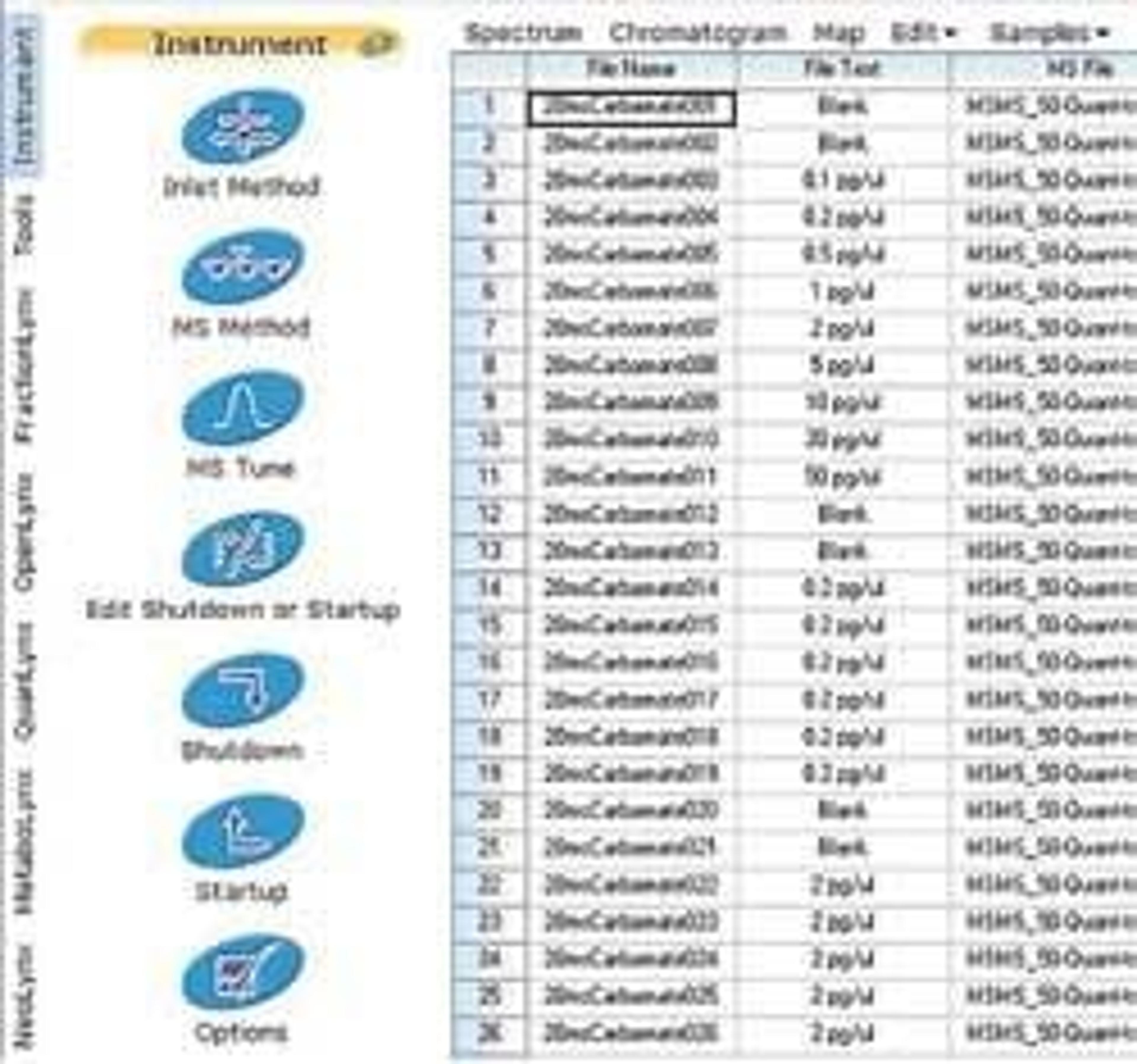Waters Extends the Power of High Definition Mass Spectrometry for Advanced Scientific Research with Introduction of New Software
16 Mar 2009Waters Corporation today announced that the discovery power and accessibility of Waters® SYNAPT High Definition MS™ (HDMS™) technology has been significantly extended with the introduction of DriftScopeTM 2.0 Mobility Environment Software. Scientists of all skill levels can now recover and interpret more of the unique information contained in SYNAPT™ HDMS datasets with new automated peak detection algorithms, visualization tools and data export functionality.
The innovative technologies embedded within DriftScope 2.0 deliver new levels of analytical specificity for detecting components in the data and revealing new features which would otherwise remain invisible to the user. Many aspects of the data analysis that once required expert skills are now done automatically, increasing data reproducibility across analyses and from instrument to instrument. Finally, DriftScope 2.0 provides more efficient links to downstream interpretative data software such as Waters MassFragment which assigns a structure to pharmacological compounds. These benefits combine to provide new discoveries and significantly reduce the time required for scientists of all skill levels to deliver business or research-critical information.
The new DriftScope software is shipping with all SYNAPT HDMS Systems and Waters will begin a complimentary upgrade program for its installed base of SYNAPT HDMS Systems with the new software beginning in March.
Innovative Technology for More Applications
DriftScope 2.0 provides more complete visualization and interpretation of data from samples analyzed with ion mobility on SYNAPT HDMS, an orthogonal separation technique which differentiates components by size, shape and charge as well as mass. The benefits extend to the analysis of isomers and conformers, structural characterization studies, and the analysis of complex mixtures.
SYNAPT HDMS separates molecules of the same or nearly-identical mass that have different structure and conformation, from small molecules to polymers and large protein complexes. As the structural differences between compounds such as isomers and conformers become finer, they are harder to separate and difficult or impossible to detect visually from the data. The powerful peak detection technology within DriftScope 2.0 is capable of automatically detecting such partially separated components, and displaying/annotating them in the software where the user can efficiently investigate further with or without support of the raw data.
The detected peaks from each analysis can then be rapidly exported as a peaklist to downstream software to streamline data interpretation workflows. For example, fragment ion data can be submitted directly to MassFragment™ software (MassLynx®) for automated structure assignment in applications such as metabolite and impurity profiling. DriftScope 2.0 and MassFragment software is a particularly powerful combination for scientists who want to carry out rapid, sensitive and comprehensive structural characterization studies with the high data quality and unique MS/MS and MS/MS/MS capabilities of SYNAPT HDMS.
DriftScope 2.0 software’s peak detection and visualization capabilities quickly and comprehensively detects components of interest in complex mixtures from interfering background ions and even helps differentiate compounds of different classes. This is of particular importance in applications such as polymer analysis, characterization of crude oil and tissue imaging where ion mobility is a critical enabling technology.
In a recent paper published in Analytical Chemistry (1), scientists at the Sheffield Hallam University and Quotient Bioresearch working in collaboration with their Waters counterparts analyzed the distribution of the anti-cancer drug Vinblastine in whole body tissue samples. Employing a SYNAPT HDMS System with DriftScope software, the researchers were able to differentiate between lipids in the tumor and the Vinblastine allowing them to determine the distribution profile of the drug in the cancerous tissue, clearly demonstrating the importance of removing interfering isobaric ions resulting in a higher confidence in the imaging data.
1. Matrix-Assisted Laser Desorption/Ionization-Ion Mobility Separation-Mass Spectrometry Imaging of Vinblastine in Whole Body Tissue Sections, Anal. Chem., 2008, 80 (22), pp 8628–8634, DOI: 10.1021/ac8015467

